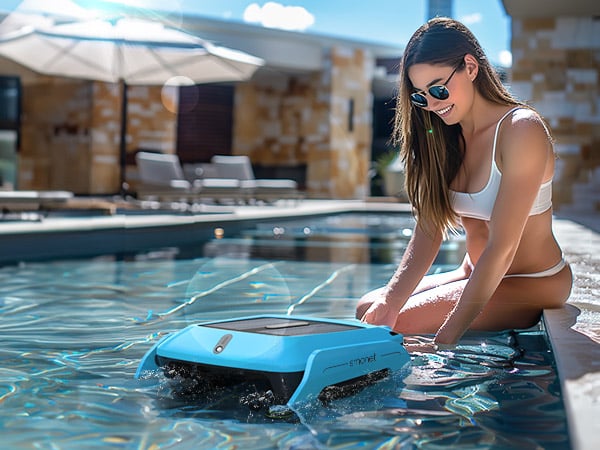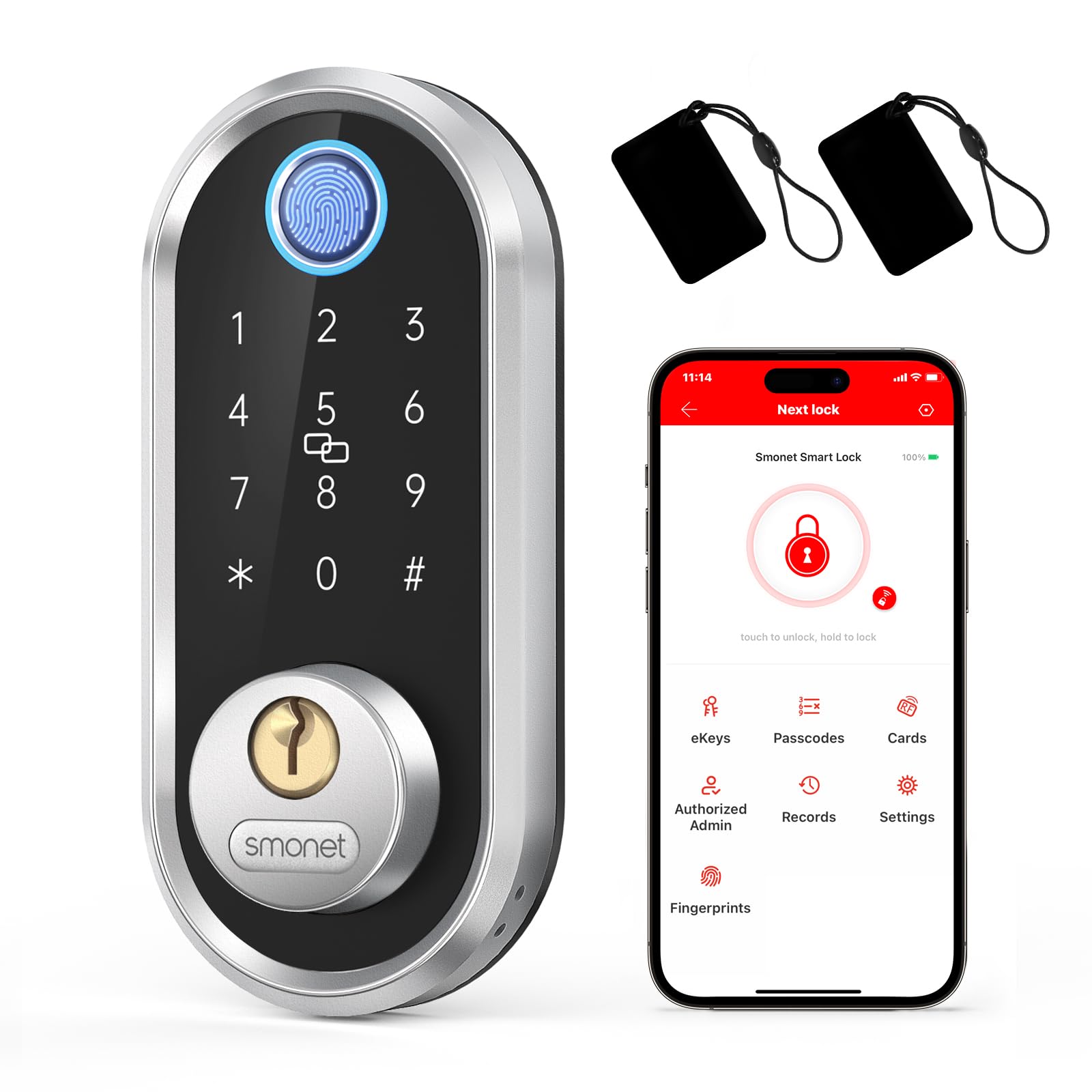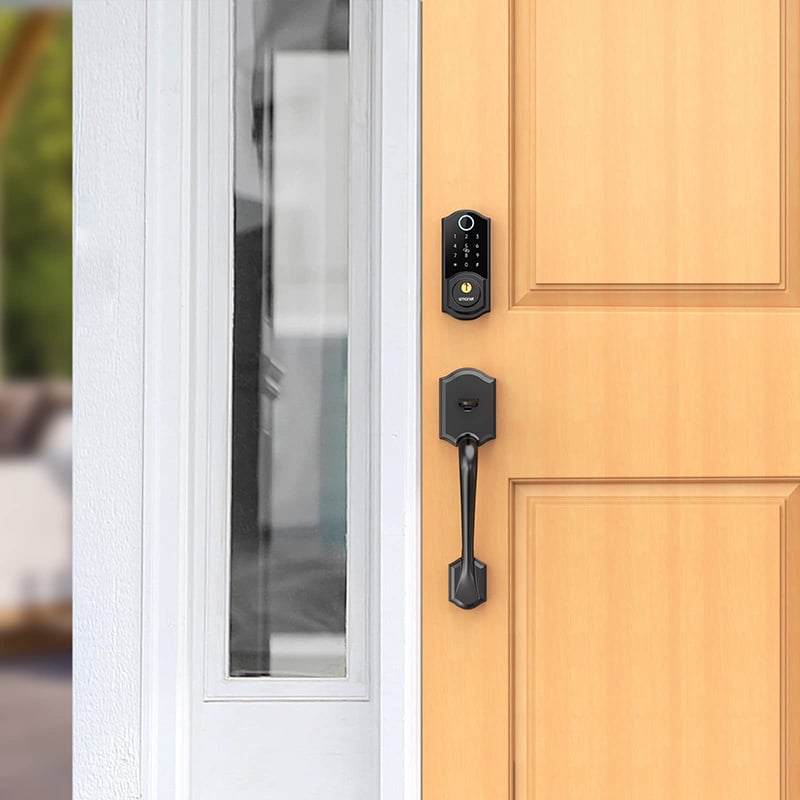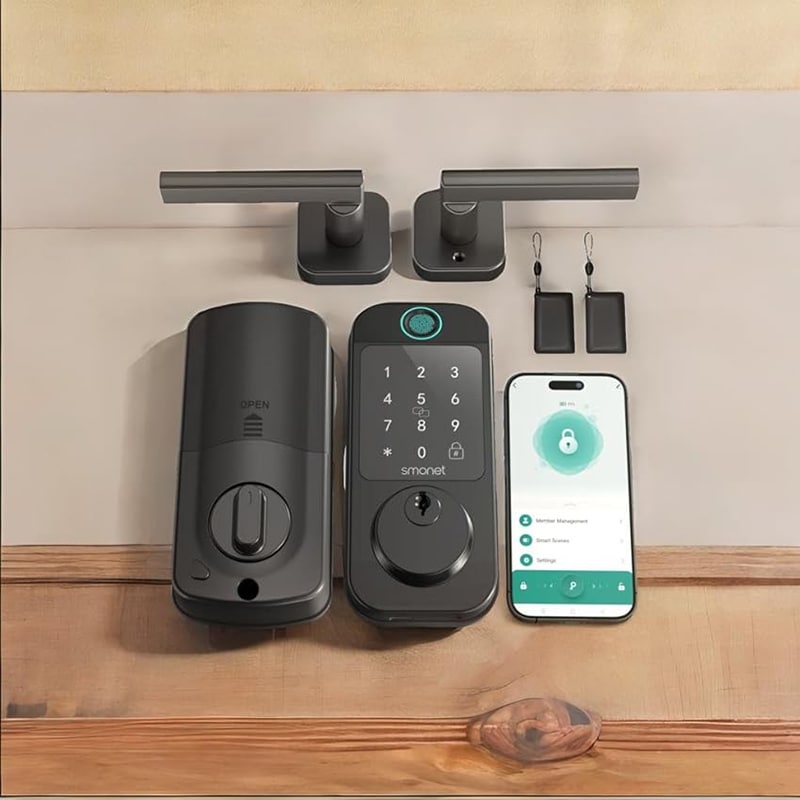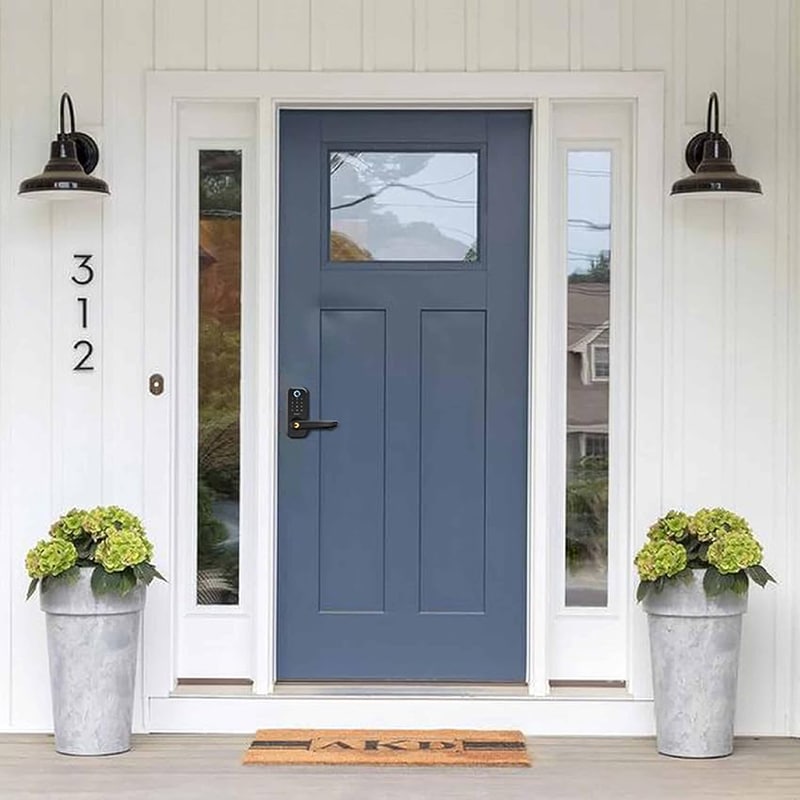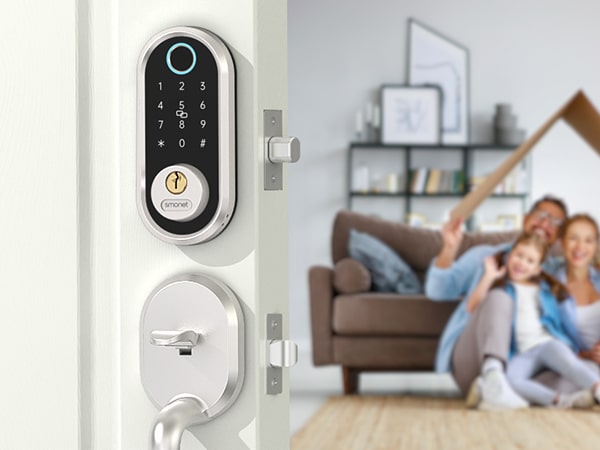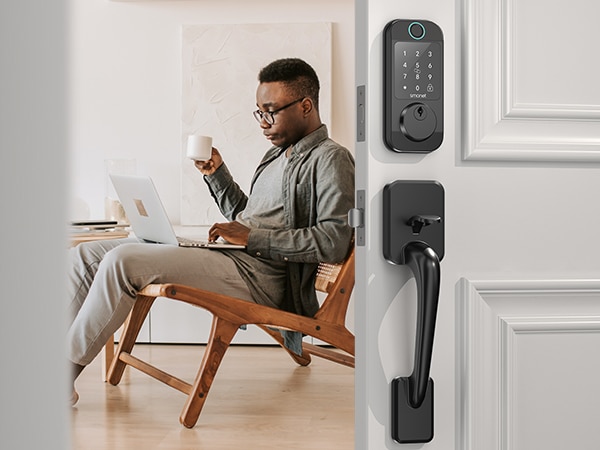How Uniqueness Is Ensured In Fingerprint Recognition Door Locks
Ensuring uniqueness in biometric identification systems, such as fingerprint recognition door locks, is crucial for their security and functionality. The uniqueness in fingerprint recognition is derived primarily from the distinctiveness of individual fingerprints. Here’s how this uniqueness is achieved:
The Principle of Individuality
Drawer lock fingerprintare formed during early fetal development, based on many variables including pressure in the womb and blood flow patterns. This chaotic process leads to each individual having unique fingerprints, even amongst identical twins. The chances of two people having identical fingerprints are astronomically low.
Ridge Patterns and Minutiae Points
The uniqueness of a home lock fingerprint is primarily determined by its ridge patterns (the flow of the lines in the fingerprint) and minutiae points (specific details within those patterns such as ridge endings, bifurcations, etc.). These elements maintain their layout regardless of the pressure or angle of finger placement, ensuring reliable and consistent identification.
Scanning and Analysis Algorithms
Smart fingerprint door handle utilize advanced algorithms which scan and analyze these ridge patterns and minutiae points. This digitized information is converted into a unique binary code for each fingerprint, rather than storing the actual image of the fingerprint, thus safeguarding user data.
False Match Rate (FMR)
Fingerprint recognition systems measure their accuracy using a statistic called the False Match Rate. This is the likelihood that the system incorrectly matches the input with a non-matching fingerprint in the database. A low FMR indicates a highly accurate system that ensures unique identification.
Repeated Registration
To enhance recognition accuracy, many fingerprint recognition door locks encourage users to scan their finger multiple times during the initial setup process. This allows the system to better identify and store unique features of your fingerprint, and accommodate for variations in finger placement or pressure during different scans, ensuring a more accurate and unique match.
In conclusion, the uniqueness in smart locks fingerprint is achieved through the natural uniqueness of human fingerprints, detailed analysis of the minutiae points and ridge patterns, specific scanning and data storage algorithms, and the statistical analysis of the False Match Rate. These factors work in unison to create an advanced, protected and reliable system that ensures only authenticated individuals gain access.
Prime Day OFF
Until the End
-
Master Of Cleanliness: Visual Guide To Recognizing And Understanding Your Electric Pool Cleaners
-
Making the Right Choice for A Best Keypad Door Lock: A Guide Based on Material Consideration
-
The 7 Most Common Types of Locks for Home and Office Security
-
Door Knob With Fingerprint Identification- The Future Of Home Security
-
Selecting the Ideal Digital Door Lock Style and Color for Your Abode
-
Evolution Of Security- Smart Door Key Lock
-
Mailbox Digital Lock- Reinventing Mail Security In The Digital Age
-
Exploring Alternative Unlocking Solutions - Smart Lock Fingerprint Cards and Wristbands
-
Touch Id Door Locks- Next-Generation Security At Your Fingertips
-
Smonet Home Door Lock- The Future Of Home Security



